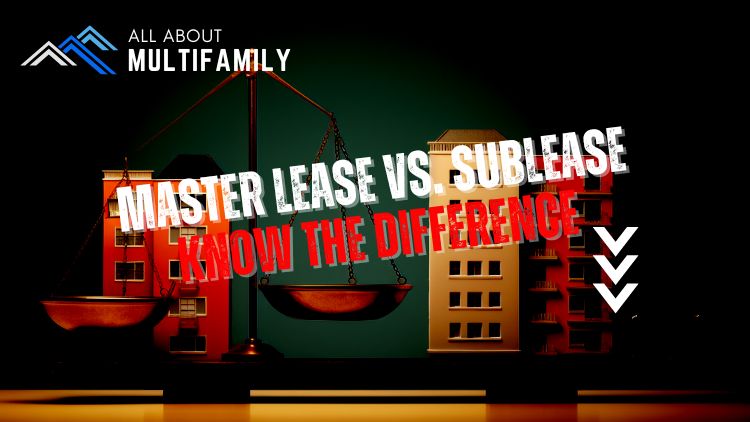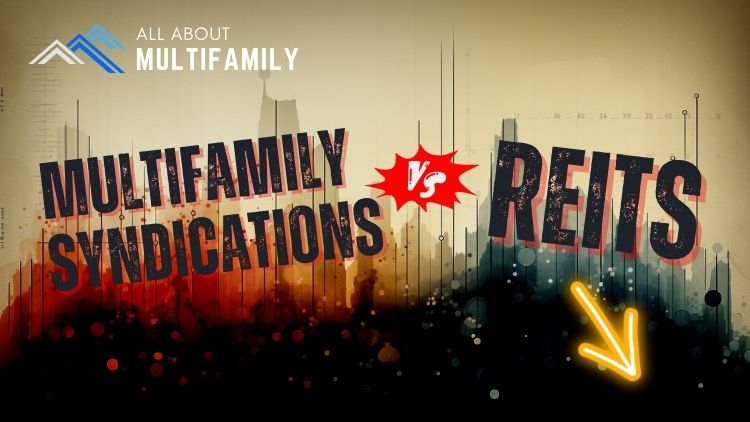In “Thinking, Fast and Slow,” renowned psychologist Daniel Kahneman takes us on a captivating journey into the depths of human cognition. With a Nobel Prize in Economics to his name, Kahneman unveils the intricacies of how our minds work and the distinct systems that govern our decision-making processes. Published in 2011, this groundbreaking book challenges the conventional view of rationality and offers a comprehensive exploration of the two cognitive systems that shape our thinking: the intuitive, swift-thinking System 1, and the deliberate, analytical System 2.
Key Takeaways:
- Dual Cognitive Systems:
Kahneman introduces the concept of two distinct systems that influence our thinking: System 1, which operates quickly and automatically with minimal effort, and System 2, which engages in deliberate, conscious reasoning. These systems often interact, sometimes leading to biases and errors in judgment. - Biases and Heuristics:
The book highlights the prevalence of cognitive biases and heuristics—mental shortcuts that System 1 uses to make rapid judgments. These shortcuts, while efficient, can lead to systematic errors and flawed decision-making. - Prospect Theory:
Kahneman and his colleague Amos Tversky developed the prospect theory, which explains how people evaluate potential losses and gains. This theory challenges traditional economic theories by demonstrating that people are more averse to losses than they are driven by potential gains. - Anchoring and Adjustment:
The anchoring effect demonstrates how people’s judgments can be heavily influenced by arbitrary reference points. This cognitive bias causes individuals to rely too heavily on the first piece of information they encounter—the “anchor”—when making decisions. - Availability Heuristic:
System 1 often relies on the availability of relevant information to assess the likelihood of events. This leads to errors when rare or vivid instances are given disproportionate weight, causing individuals to misjudge probabilities. - Overconfidence and Planning Fallacy:
People tend to be overconfident in their abilities and predictions, often underestimating the time, effort, and resources required for tasks—a phenomenon known as the planning fallacy. - Loss Aversion:
Kahneman’s research emphasizes that people tend to assign more weight to avoiding losses than to achieving equivalent gains. This insight has implications for decision-making in various contexts, from investments to public policy. - Endowment Effect:
The endowment effect reveals that people tend to assign higher value to objects they own compared to identical objects they don’t possess. This bias influences economic transactions and negotiation dynamics. - Happiness and the “Experiencing Self” vs. “Remembering Self”:
Kahneman delves into the concept that our experience of happiness is often shaped by how we remember past events, rather than the actual experiences themselves. This distinction has implications for understanding the nature of well-being. - Slow Thinking and Effortful Reasoning:
While System 1 operates quickly and intuitively, System 2 requires deliberate effort and conscious reasoning. Engaging in slow thinking can help mitigate the biases associated with automatic thinking and lead to more accurate decisions.
In “Thinking, Fast and Slow,” Kahneman provides readers with a wealth of insights into human psychology, decision-making, and the quirks of our cognitive processes. By exploring the interplay between these two thinking systems, the book challenges our understanding of rationality and offers practical guidance for making better judgments in an increasingly complex world.


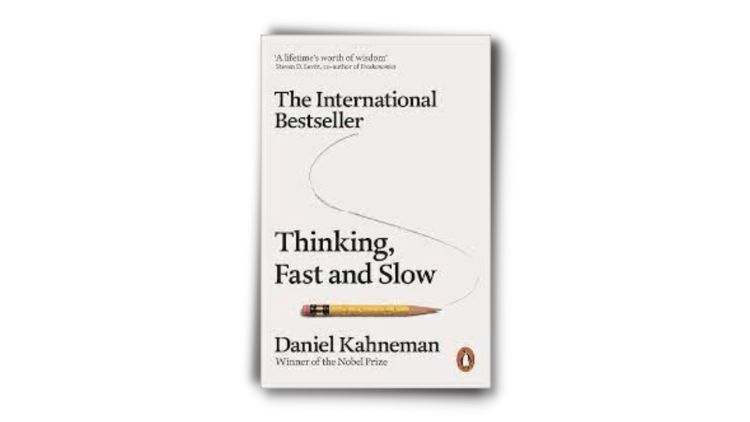

































![An In-Depth Look at Jake and Gino's Coaching Program [A Review]](https://allaboutmultifamilyinvesting.com/wp-content/uploads/2023/10/AAM-BMP-Blog-Covers-750-×-422px-6.jpg)


![Email Marketing Tips for Multifamily Real Estate Syndicators to Raise Capital [Templates included]](https://allaboutmultifamilyinvesting.com/wp-content/uploads/2023/09/AAM-BMP-Blog-Covers-750-×-422px-4.jpg)



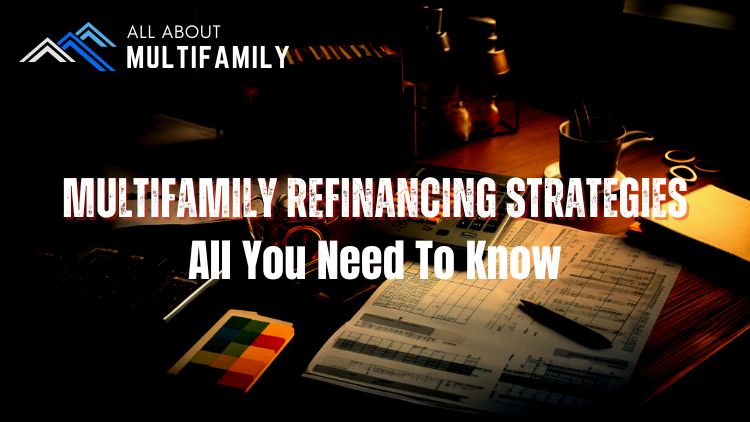

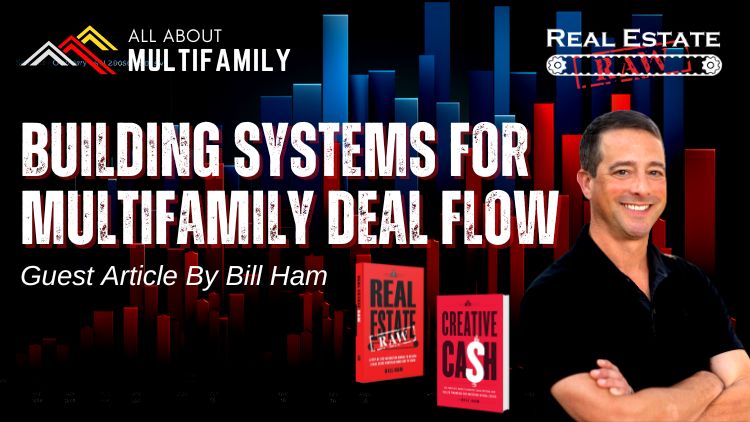
![The Richest Kids In America [Book Review]](https://allaboutmultifamilyinvesting.com/wp-content/uploads/2023/09/AAM-BMP-Blog-Covers-750-×-422px-84.jpg)


